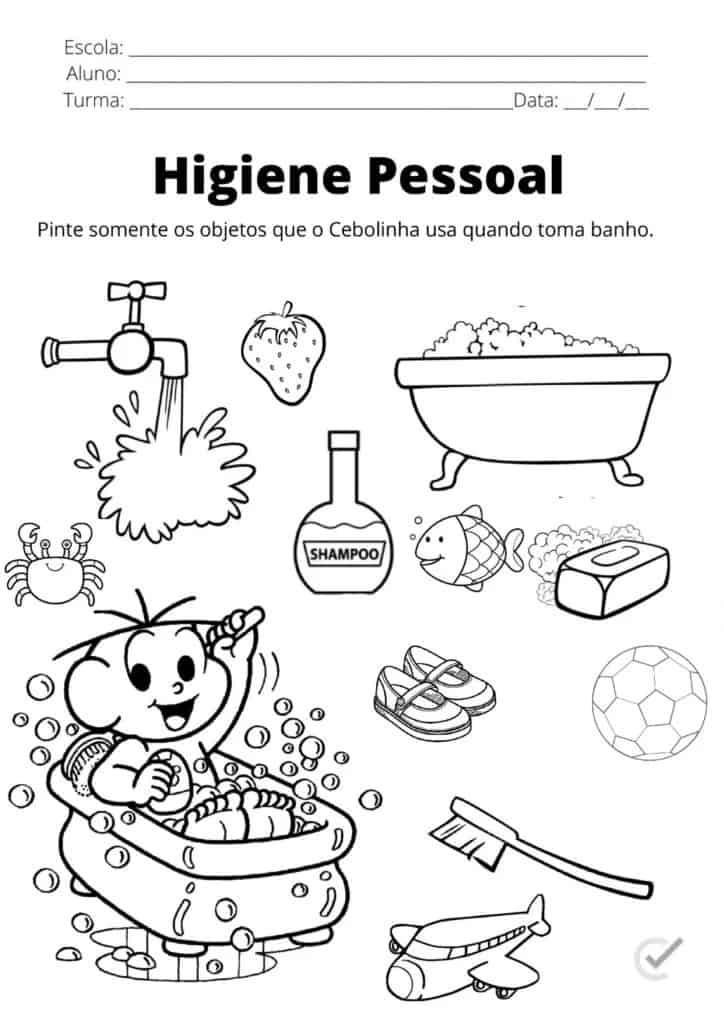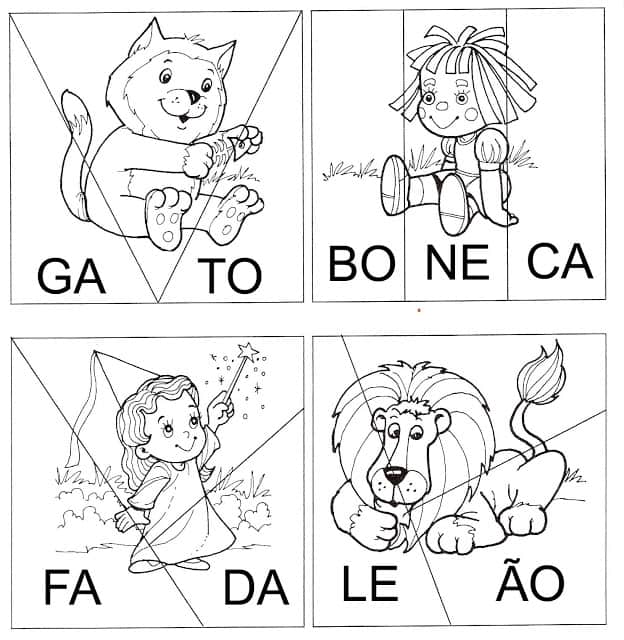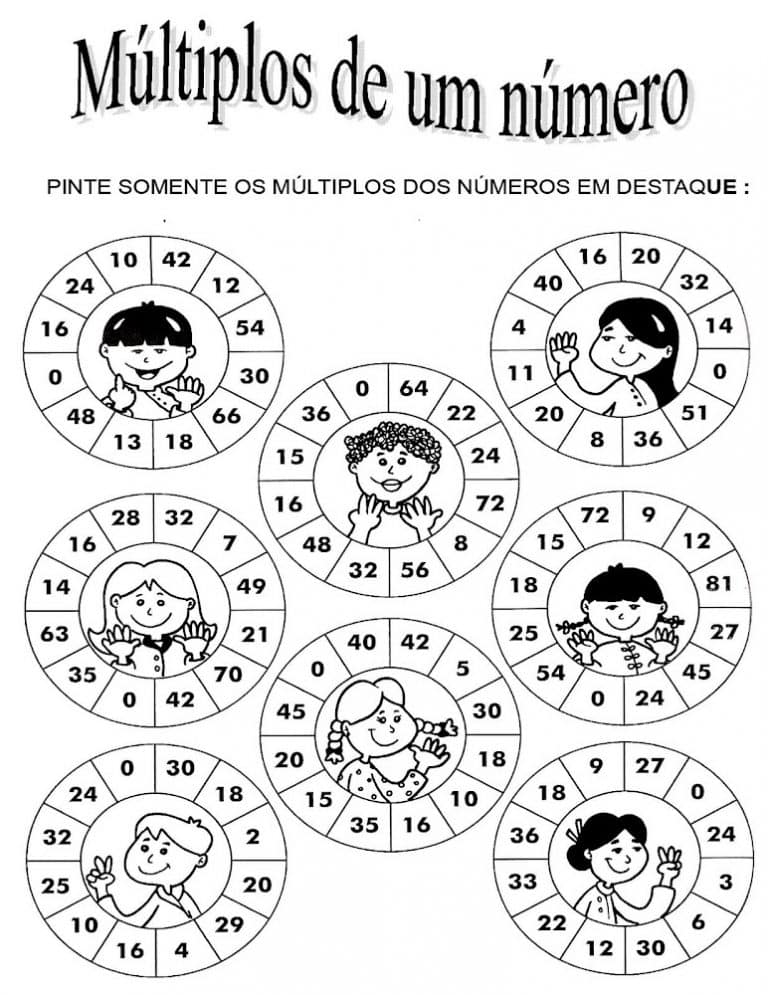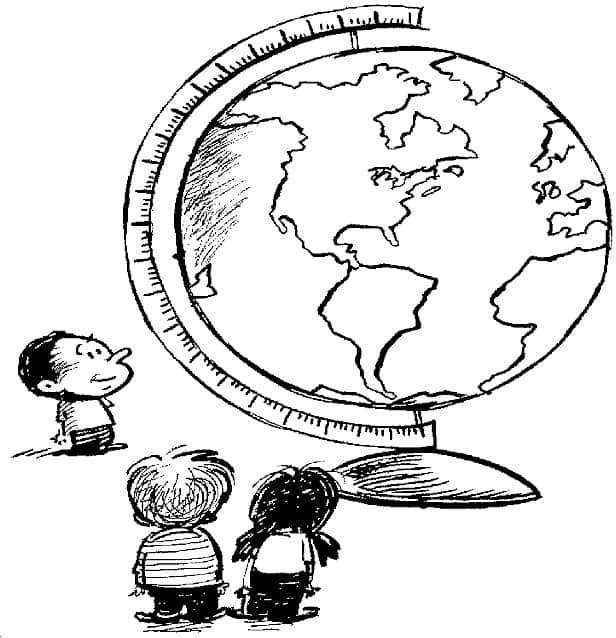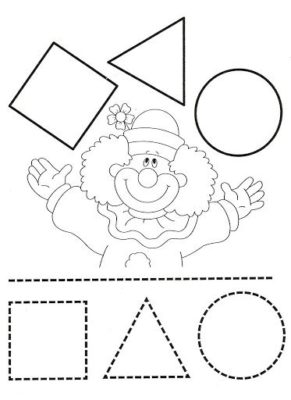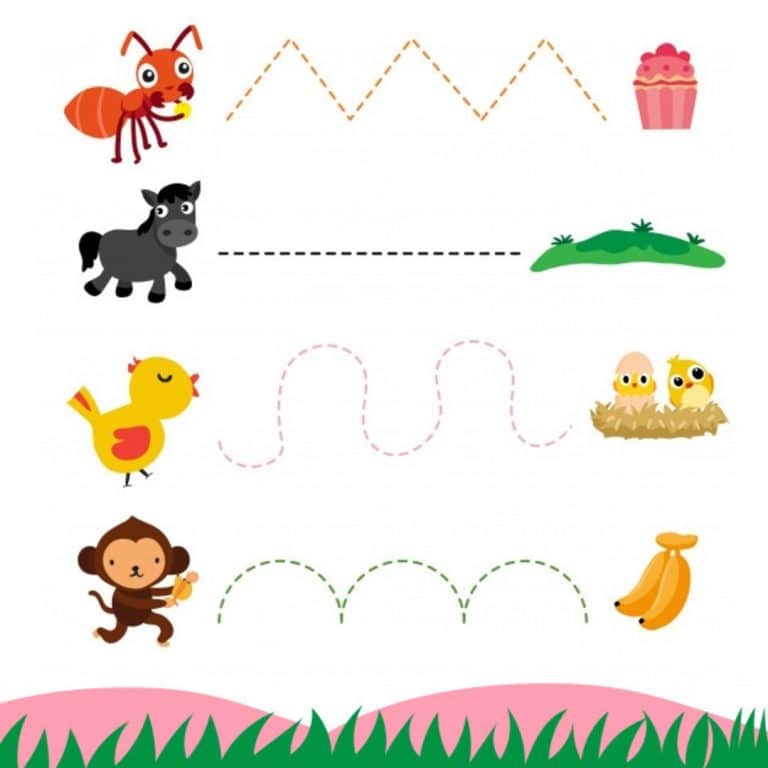Atividades lúdicas para educação infantil
Confira no artigo de hoje diversas dicas e ideias de atividades lúdicas para educação infantil que vão te ajudar a planejar as aulas de uma forma divertida e diferente.
As atividades lúdicas não existem apenas para a diversão das crianças. Elas vão muito além disso.
Tais atividades possuem funções importantes no desenvolvimento cognitivo das crianças.
Elas ajudam que as crianças cresçam mais espertas e conscientes do mundo ao seu redor.
Para te ajudar a entender melhor o papel de tais atividades na educação infantil nós preparamos este post especial.
Ele está repleto de informações sobre o tema e muitas dicas para colocar em prática na sala de aula.
Continue conosco e aproveite o artigo!
Por que fazer estas atividades com as suas crianças?
As atividades lúdicas têm sido amplamente elogiadas por diversos profissionais.
Sabe o por quê? Porque elas trabalham ao mesmo tempo diversas habilidades nas crianças.
Para citar alguns exemplo: a coordenação motora, a criatividade, o raciocínio lógico, a comunicação, a memorização, entre outros fatores.
Certamente que uma criança que participa de atividades lúdicas geralmente torna-se melhor desenvolvida, esperta, ágil, comunicativa e mais feliz.
Assim, na educação infantil estas atividades ajudam a criança a se habituar com o ambiente escolar e a sociabilizar com os outros alunos.
Você conhece a importância da Consciência Fonológica?
A Consciência Fonológica é o conhecimento que cada um de nós possui sobre os sons da nossa língua materna. Trata-se de uma habilidade que nos permite identificar, manipular e refletir sobre os sons da fala.
Em outras palavras, é a capacidade de perceber que a linguagem é composta por palavras, as palavras por sílabas e as sílabas por fonemas (sons).
A marca dos três anos de idade representa um ponto importante no desenvolvimento da linguagem.
Até essa idade, as crianças desenvolvem a capacidade de discriminação auditiva, ou seja, a habilidade de distinguir os diferentes sons do ambiente e da fala.
A partir dessa idade, as crianças começam a ser capazes de realizar jogos de rimas, criar palavras novas ou inventadas, dividir e combinar sílabas.
Assim, é nesse momento que as crianças passam a ter acesso à consciência fonológica, ou seja, à consciência dos sons da fala.
Portanto, a consciência fonológica é uma habilidade metalinguística que se refere à consciência de que a linguagem falada pode ser dividida em várias unidades.
A criança é capaz de identificar que uma frase é formada por palavras, as palavras por sílabas e as sílabas por fonemas. Ela também reconhece que essas mesmas unidades podem se repetir em diferentes palavras.
Assim, a consciência fonológica envolve a capacidade de identificar, manipular, combinar, isolar e segmentar os segmentos fonológicos da língua.
Nesse sentido, antes que as crianças possam compreender o princípio alfabético, elas precisam entender que os sons associados às letras são exatamente os mesmos sons da fala.
Para aqueles que já sabem ler e escrever, essa compreensão parece básica, quase automática.
Pesquisas confiáveis revelam que a ideia de que a linguagem falada é composta por sequências desses pequenos sons não surge natural ou facilmente nos seres humanos.
A consciência fonológica é dividida em dois níveis muito complexos: a consciência silábica e a consciência fonêmica. Logo, esses níveis são trabalhados durante a aquisição da leitura e escrita.
Por isso, as etapas de aquisição da consciência fonológica dependem das experiências linguísticas, do desenvolvimento cognitivo da criança e da exposição ao sistema alfabético para a aquisição da leitura e escrita.
Atividades ligadas entre si
Além de tudo, um outro ponto benéfico da atividade lúdica na escola é que ela ajuda a fixar o que foi visto na sala de aula.
Portanto é necessário que estas atividades estejam associadas com as outras aulas convencionais da escola.
Desse modo, uma reforçará o ensino da outra e todas contribuirão para o completo desenvolvimento do aluno.
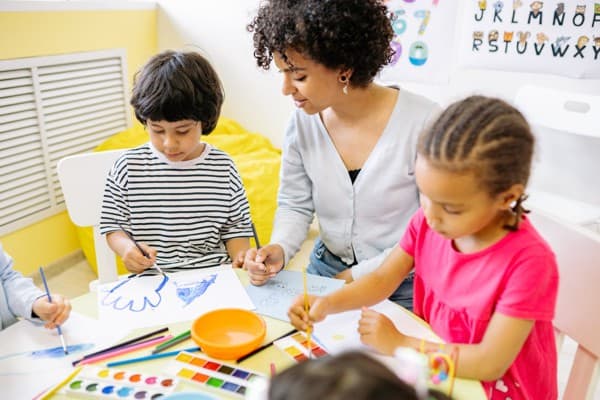
Atividades para imprimir e pintar
Se você estava procurando por atividades lúdicas de educação infantil para imprimir, então chegou ao lugar certo!
Nós da equipe do blog Ana Giovanna separamos para você uma seleção especial da internet. Neste artigo você confere várias atividades educativas e lúdicas para você imprimir e usar como quiser.
Então aproveite estas atividades para fazer com seus alunos. Nós temos certeza que eles vão gostar muito desses exercícios e aprender brincando!
